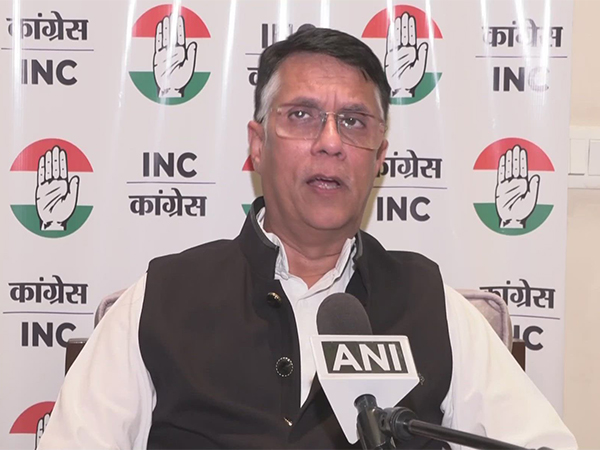Pakistan's current account deficit surges to USD 17.4 billion
Jul 29, 2022

Islamabad [Pakistan], July 29 : In spite of multiple actions taken by Pakistan, its current account deficit has surged to USD 17.4 billion or 4.6 pc the size of the economy during the last fiscal year on the rising trade deficit.
This comes amid a surge in international commodity and oil prices, implying that Pakistan will have to spend more on its energy and other imports, reported Dawn.
The higher prices and 33 pc spike in imports from the petroleum group more than doubled the country's oil import bill to USD 2.9billion in June from USD 1.4 billion in May, the central bank said, and pushed up the month-on-month trade deficit by 27 pc, despite a drop in non-oil imports.
A surging current account deficit amid depleting dollar inflows from multilateral and bilateral lenders, as well as shrinking foreign investment have brought the foreign exchange reserves and rupee under enormous pressure over the last several months,
It has stoked rapid inflation, forced the State Bank to boost borrowing costs to a multiyear high and eroded investor confidence in the economy, reported Dawn.
Finance Minister Miftah Ismail recently said a policy plan would soon be in place. "Imports will go down gradually and exports will be up organically within three months," he said without elaborating.
The State Bank too is hopeful of the current account moderating from this month. The "... surge in oil imports saw the current account gap rise to USD 2.3 billion in June despite higher exports and remittances. So far in July oil imports are much lower (due to the accumulation of record-high stocks) and the deficit is expected to resume its moderating trajectory," the bank tweeted.
With the IMF expected to release its funds soon, thus unlocking additional financing from other multilateral and bilateral creditors, Pakistan's external sector may likely perk up in the short term, reported Dawn.
However, the deepening political turmoil is spawning doubts about the government's ability to make tough decisions going forward and tackle the long-standing structural issues of the economy responsible for the recurring balance-of-payments crisis.
Moreover, global credit rating agencies like Fitch and Moody's have also cited political risks to Pakistan's ability to maintain a credible policy path.
Meanwhile, S&P Global, an American credit rating agency, has cut Pakistan's credit outlook to negative and markets think that Pakistan might soon follow Sri Lanka into debt default and economic crisis.
In a statement which the credit agency released on Thursday, it was highlighted that Pakistan could be downgraded if support from bilateral and multilateral lenders quickly erodes or if usable foreign-exchange reserves fall further.
Furthermore, the media outlet while citing other foreign media said that the company also affirmed the nation's rating at B-, on par with Ecuador and Angola. The Pakistani rupee has hit a new record low and has seen a tremendous fall in comparison to the US dollars.
The rupee saw a stunning low with more than 30 per cent of its value lost in comparison to the dollar this year.
The dollar climbed to a new high of Rs 240 after the rupee fell by another Rs 3.92 a dollar in the inter-bank market on Thursday.




















